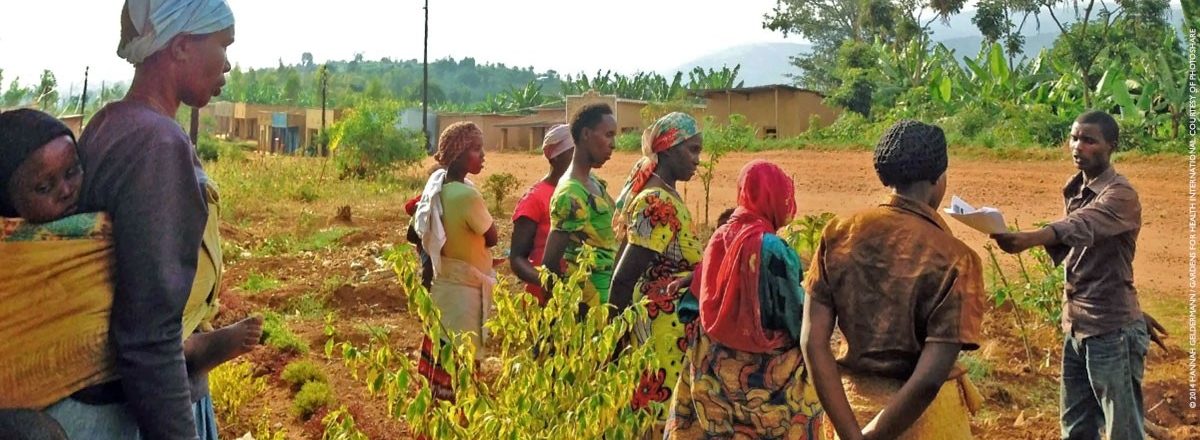Climate risk management (CRM) improves the effectiveness and sustainability of USAID’s agriculture efforts. USAID implements CRM by systematically assessing, addressing, and adaptively managing climate risk in new strategies, projects, and activities.
Climate risk management is required for nearly all USAID strategies, projects, and activities. USAID’s CRM toolkit provides links to USAID’s CRM tool and supporting resources like the Agriculture annex). The CRM toolkit also includes regional and country risk profiles, real-world examples of CRM in action, and online trainings.
CRM includes designing and implementing for uncertainty through informed decision-making. CRM means programming for a range of possible future climate scenarios and building in flexibility to adjust and adapt to a changing climate during the time frame over which a strategy, project, or activity is expected to confer benefits.
Managing climate risks may already be a natural part of your technical approach as an agriculture expert, but USAID’s CRM toolkit can help you to be more systematic in your approach. The CRM toolkit can be used by various agriculture stakeholders, but is primarily aimed at USAID staff and implementers. Whether you are designing an agriculture project, writing an agriculture proposal, implementing agriculture activities on the ground, or monitoring and evaluating results, you have a role to play. The goal of this toolkit is to provide support for USAID’s climate risk management process.


